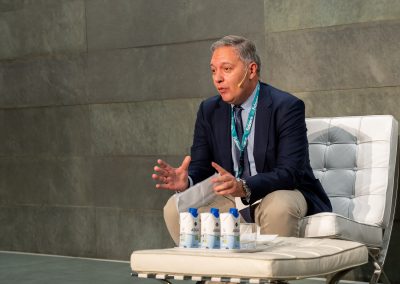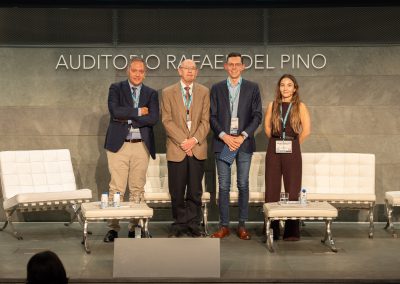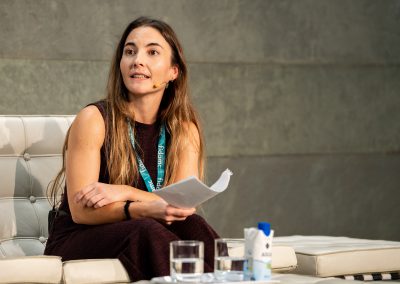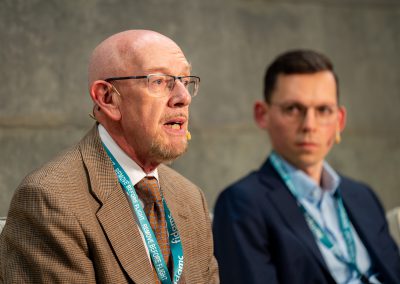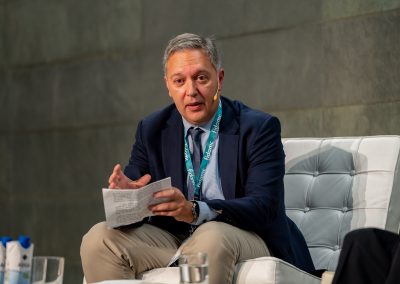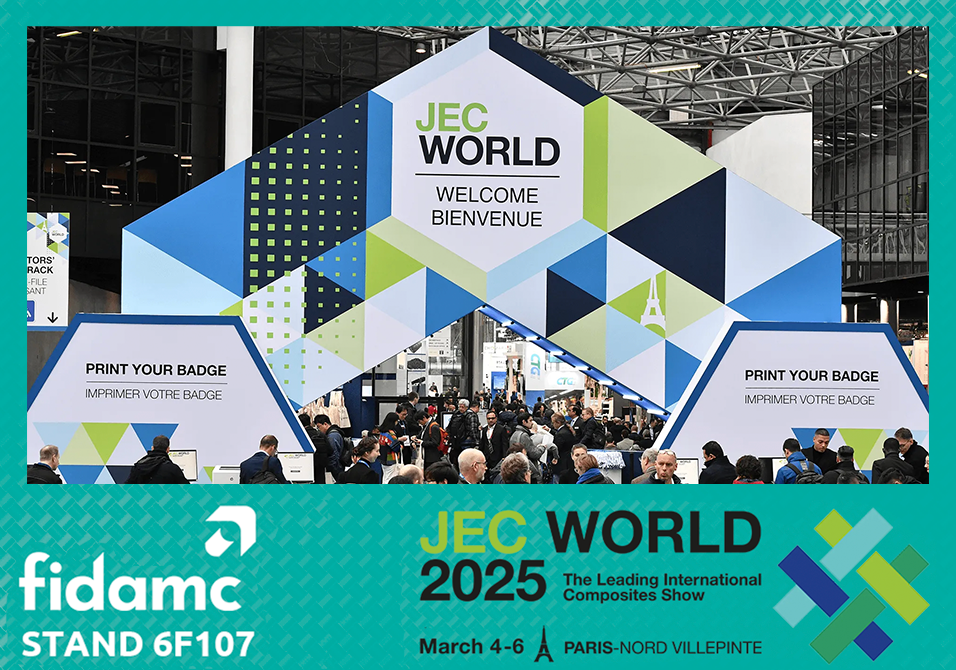The sixth round table at the Aerospace Thermoplastics International Summit brought together leading figures from academia and industry to discuss the role of collaborative research in the adoption of thermoplastic materials in the aerospace industry. Moderated by Antonio Fernández, head of the Composite Materials and Intelligent Structures group at ETSIAE/UPM, the session featured David Leach (former Composite Technology Senior Expert – Industrial Advisory Board Member), Rens Pierik (TPRC) and Isabel Martín (Fidamc).
In her speech, Isabel Martín highlighted the role of the European Hub for Advanced Thermoplastics as a connector between research centres, universities, industry and suppliers of materials and equipment. "It can reduce fragmentation and align innovation with industrial needs," she said, emphasising the importance of providing shared infrastructure and equipment that facilitates research without large individual investments.
Martín also emphasised the value of applied knowledge: "The hub will train engineers and technicians in the proper use of thermoplastic materials, creating experts who will drive technology transfer to industry."
From an industrial perspective, David Leach emphasised the need for coordination throughout the entire value chain. "We are in a "chicken and egg" situation: OEMs are waiting for the technology to mature before committing to it, but suppliers will not invest until they are sure there is a real business opportunity," he explained.
Leach pointed out that, although there are already millions of thermoplastic parts in flight, "most are simple shapes, and the challenge is to move towards large-scale structures and high-speed production." He also insisted on the need to develop common equipment and protocols that integrate all steps of the process: from the base material to manufacturing and final assembly.
For his part, Rens Pierik presented the experience of the TPRC (Thermoplastic Composites Research Center), a consortium that since 2009 has been promoting pre-competitive research in thermoplastics. “The key is to collaborate: to share costs, knowledge, and to establish a common research roadmap that aligns the entire value chain,” he said.
Pierik emphasized that collaboration makes it possible “to train young professionals and ensure that technological solutions are developed with a deep understanding of the materials and their behavior in different processes.”
In the final part of the debate, Isabel Martín highlighted the challenges of scaling up: “The size effect is a critical issue; what works in the laboratory is not always viable at an industrial scale.” Leach added a practical perspective, emphasizing the importance of controlling thermal and dimensional variables during production: “We must ensure uniform heating and perfect contact between parts to achieve reliable welds.”
The panel concluded with a shared vision: the advancement of thermoplastic materials depends on a cohesive global research ecosystem, where industry and technology centers work in a coordinated manner. As Pierik summarized, “It’s not just about developing materials, but about building a network of knowledge and collaboration that makes their industrial adoption possible.”


